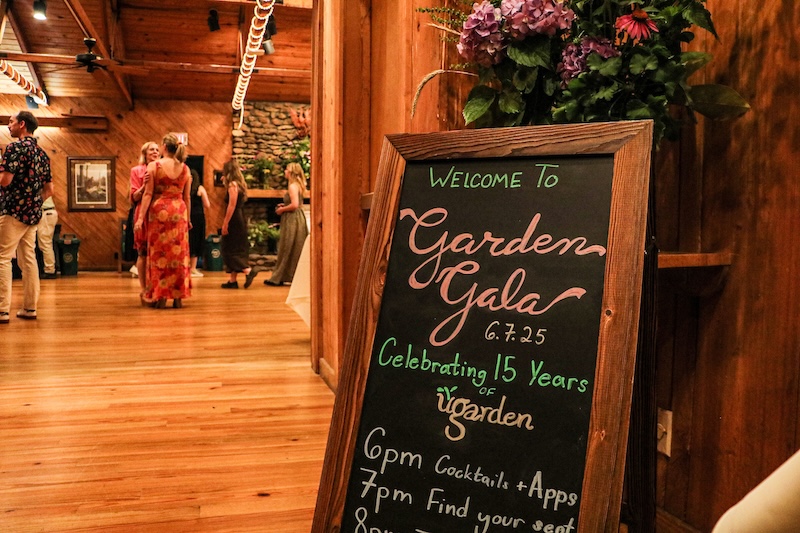Tree buds are fascinating containers that assure trees' survival. Filled with the promise of trees to come, the swelling and opening of buds are sure signs that spring has arrived.
Buds' many jobs
Buds shield and hide new growth and flowers. At their centers, they cover small growing points that hold the genetic legacy trees are trying to reproduce.
They come in both leaf and flower forms. The flower buds expand to reveal various sexual parts of the tree. Some contain only male parts, while others contain only female.
The buds containing sets of both sexual parts can be scattered all over the tree or segregated. Many trees have female, seed-producing flowers near the top and male, pollen-producing parts near the bottom of the tree crown.
Flower buds
The flower buds of some tree species have a complete set of parts representing both sexes. Other trees have only male or female parts on any one tree.
All flower parts in buds are at some stage of development. Some are completely formed and just need water to pump them up. Others have tissues that need to develop before they can be expanded.
For spring-blooming trees, cutting into a flower bud shows miniature tissues crumpled and wrapped around each other, waiting for the proper signal to grow.
Some trees have flowers that begin to form colors in the bud. Others wait for bud expansion to generate colors. Still other buds contain tissues that will remain green or brown and blow in the wind.
What's in a bud?
Buds themselves comprise a resting stage for tree tissues, a quiet way station bridging the gap from one season to the next.
If you think only the flower buds contain a tree's genetic future, think again.
Leaves, too
As spring temperatures and soil water supplies begin to rise, the leaf buds begin to swell. The leaves inside the buds uncurl and fill out. Extra growth may be completed along the edges of the leaf blades.
The outside of a leaf bud is covered with bud scales. These hard, tough scales help protect the baby leaves from water loss and physical damage.
Some bud scales have unique colors and coverings of various fibers and waxes. Sometimes you can find these scales scattered across the ground under a tree that has fast expanded its leaves.
And so on, and so on. . .
At the base of mature, fully expanded leaves are buds -- growing points covered by bud scales. These growing points could grow to be next year's flowers or leaves.
If its leaf is damaged or knocked off, though, the growing point could expand into a new sprout this year. For most leaf-base buds, they sit quietly under their protective bud scales awaiting a wake-up call.
Trees have buds nested inside other buds. Looking inside the buds of many tree species, you can see the baby leaves that will some day expand and serve the tree. Inside these buds, at the base of each baby leaf is a baby bud.
Assuring survival
Trees assure their survival by producing many growing points, only a few of which ever grow. Buds are a way to externally protect the precious growing points from damage.
As buds become surrounded by wood and overgrown with bark, some die. Many others no longer form scales but grow enough each year to stay just below the bark.
The trees keep them in reserve in case surface buds, leaves and branches are damaged. Called dormant or latent buds, the tree can quickly expand them into new shoots if needed.
Notice the buds on your trees. Think about the wonder of how each bud contains the foundation for many other buds and many other years.






